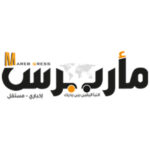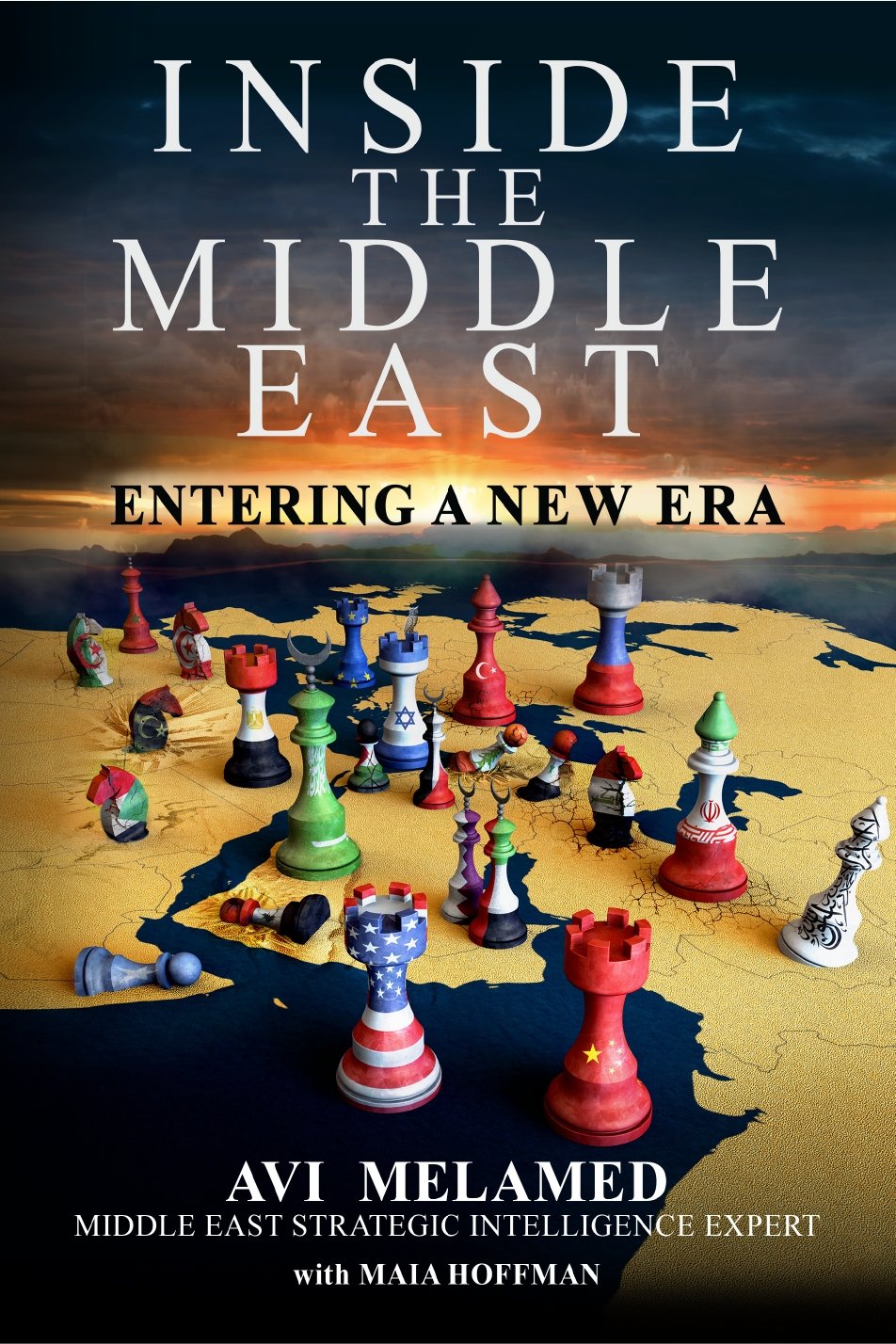|
Getting your Trinity Audio player ready...
|
The Israeli – Iranian Direct Military Collision | At the Threshold of A Critical Junction
On February 10, 2018 an Iranian drone launched from Syria infiltrated Israeli territory.
Israel intercepted the drone and it landed in Israeli territory.
Following the downing of the Iranian drone – which was launched and controlled by Iranians who were operating in Syrian territory – Israeli jets destroyed the Syrian-based Iranian Command and Control Center which operated the drone.
The Syrian anti-air defense system attacked the Israeli jets by launching a dozen – perhaps dozens – of surface-to-air missiles.
That massive attack downed an Israeli jet which crashed in Israeli territory. The pilots survived the crash.
Following the downing of the Israeli jet, the Israeli air force attacked twelve (perhaps more) Syrian and Iranian military targets in Syria.
Reportedly, the Israeli attacks caused substantial damage to the Syrian surface-to-air defense batteries, ammunition compounds and military headquarters, and resulted in an unknown number of fatalities and injuries to Iranian and Syrian soldiers. According unconfirmed reports, Russian personnel were also killed and injured.
This is the first direct Israeli – Iranian military collision.
This is the most significant Israeli – Syrian military collision since 1982.
Both Russia and the United States expressed deep concerns with the Israeli – Iranian direct collision.
Russia urged all sides to respect Syrian sovereignty.
The United States emphasized that Israel has the right to defend itself, and that the collision demonstrates the serious threat Iran presents to regional stability and emphasizes the need to limit and thwart Iran’s aggressive regional policy.
Analysis
The Iranian regime’s most important ally is the Assad regime in Syria. Syria’s location and the ability of Iran to dictate the course of events in Syria is crucial to Iran’s goal of being the Superpower in the Middle East.
A friendly Syria is critical to one of the Mullah regime’s most important projects – the Iranian controlled corridor that Iran has been methodically and strategically building from Iran to the Mediterranean Sea. Syria is also a linchpin of the web of agents and proxies the Iranian regime has built and nurtured to achieve its hegemonic goals and to put a noose around Israel’s neck. Without Assad – the land bridge that serves as a passage for weapons, ammunition, and militants from Iran to Syria and Lebanon and back would be severed.
Since the breakout of the War in Syria in March 2011, Iran has supported Assad militarily. In the fall of 2011 when it seemed that the Syrian rebel forces were gaining the upper hand and Assad’s days were numbered, alarm bells went off in Tehran and Iran ordered its most powerful proxy – the Lebanese Hezbollah to send its forces into Syria to save the regime and Assad himself. Since 2011, Iran’s support of the Assad regime has mostly been through the development and placement in Syria of Iranian proxies – including Hezbollah and Iraqi, Afghan, and Pakistani Shi’ite militias – estimated to be some 20,000 strong – all of whom are under the command of Iranian Revolutionary Guards (IRG).
The growing, intensifying presence of armed Iranian proxies in Syria has manifested itself in the establishment of military bases in Syria, including in areas close to the Israeli part of the Golan Heights, as well as in the form of direct threats by Iran and its proxies to launch attacks on Israel from the Syrian part of Golan Heights, which is viewed by Israel as a severe and imminent threat that must be intercepted. (For more on that matter, read my article “My Enemy is My Best Asset” ~ September 2017).
Israel is determined to thwart the growing Iranian threat – both through the use of diplomatic means, as well as actions on the ground.
In that context, Israel has reportedly carried out attacks in Syria against convoys transporting advanced weapons as well as ammunition compounds, military industry production sites, military research facilities, and apparently senior Iranian and Hezbollah commanders in Syria. In most of the above cases, the Assad – Iran axis’ response was confined to strong statements and threats. (For more on that issues, read my article “A Significant Message” ~ January 2015).
Some aspects of the Israeli – Iranian direct collision deserve attention:
First, the Iranian provocation against Israel – sending the drone – is puzzling. Iran’s modus operandi is based upon the use of agents and proxies. From an Iranian perspective that model yields high dividends – while at same time providing the Mullah regime with immunity; the Mullah leadership sits in Tehran while their proxies and agents do their bidding . (On that matter read my article “A Change in the Ground Rules: The Iranian – Saudi Power Struggle Severely Escalates” ~ November 2017). The Iranian provocation is very uncharacteristic of the Iranian operational model.
Another puzzling question has to do with the exact mission of the drone. One wonders, what kind of mission was so important to Iran that it was willing to risk losing the drone, and / or an Israeli retaliation? Both of which indeed happened. Answering those questions – at this point – would be mere speculation.
Another aspect of the Israeli – Iranian direct collision worth considering is the discussion it has sparked regarding the question of ‘whether Israel’s deterrence capacities – in which the Israeli Air Force supremacy plays a major role – has partially eroded following the shooting down of an Israeli jet? ‘
The Iran – Assad axis describes the shooting down of the jet as a major blow to Israeli deterrence. Following the attack, Iranian officials released statements declaring that ‘the days Israel operates in Syria as it pleases are over – and from now on, any Israeli attack in Syria will be countered.’ Hezbollah described the shooting down of the jet as a “new geostrategic chapter.” Such sentiments are also expressed in the public discourse in the Arab world. In that context, it should be noted that Arab information platforms argue that another Israeli jet was damaged by the surface to air missiles – yet that information is not corroborated.
However, some Arab, as well as Israeli analysts, argue that Israel’s deterrence capacities have not been eroded – and that neither Iran nor Syria are capable of efficiently confronting Israeli air power and Israel’s technological supremacy. That evaluation is based upon the fact that in spite of the many missiles fired at the Israeli jets (numbers vary between a dozen to dozens of missiles) the damage Israel sustained was negligible compared to the massive damage caused to the Assad – Iranian military assets. Thus, they conclude that in fact, Israeli deterrence is actually further strengthened following the collision.
Another notable aspect to consider is the dichotomy of reactions in the Arab world regarding the Israeli – Iranian direct military collision. Reactions across the Arab world vary between expressions of joy that an Israeli jet was shot down to expressions of satisfaction with the fact that the Assad – Iran axis sustained a massive military blow.
Evaluation
The direct Israeli – Iranian military collision, to a large extent is the bitter fruit of Western leaders’ shortsightedness regarding the seriousness of the threat the Mullah regime presents and its severe ramifications.
In my February 2012 article “Is War in the Middle East Inevitable” I outlined the serious threat Iran and its network of proxies present. I argued then, that the negotiation over Iran’s nuclear program which was in full-swing at the time – provided the West a window of opportunity to neutralize – through diplomatic means – the potential danger of Iran and its proxies.
Tragically, inspired by US President Barack Obama’s appeasement and rapprochement policy towards Iran, Western leaders not only failed to cease the opportunity; they actually boosted Iran’s power through the signing of the Joint Action of Plan in July 2015.
In my January 2017 article “A Growing Whirlpool of Violence: The Middle Eastern Legacy of Barack Obama” I wrote: “…President Obama’s Middle East policy – extending a hand to Iran – further plunged the Middle East into a growing whirlpool of violence, destruction and bloodshed.“
As a fact, since the signing of the Joint Action of Plan, Iran has boosted its military deployment and aggressive policy.
- Iran is continuing to develop its Ballistic Missile Program.
- Iranian-made missiles are being launched at Saudi Arabia by Iranian backed Yemenite Houthi militias.
- Iran is reportedly building factories in Lebanon and Syria to produce high-precision guiding devices for missiles.
- Iran streams billions of dollars to further arm and support its proxies.
The recent Iranian provocation against Israel adds to that increasingly aggressive policy.
For reasons only he knows, President Obama constantly ignored the flashing red lights and alarm bells and insisted to keep petting the Iranian crocodile hoping it would turn into a cuddly kitten. It did not happen.
An objective assessment of the immediate outcomes of the direct Israeli – Iranian military collision suggests the Iranian provocation backfired on Iran on various levels.
- The European Union leaders who diminish the seriousness of the Iranian threat may be forced to rethink their outlook and may be more receptive to the US President’s tough line on Iran.
- Intercepting the drone enables Israel and the United States the opportunity to closely explore the technological capacities of the Iranians.
- The Israeli strike, though relatively confined, caused substantial damage to the Assad – Iran military assets.
- The severe damaged caused to the Iranian – Assad assets undermines Iran’s attempts to portray and position itself as the military and technological superpower.
- Russia, who at the end of the day – secures the Iran – Assad interests in Syria – is apparently furious with the Iranian provocation. The Russian Deputy Ambassador to Israel expressed Russia’s discontent saying that “Russia will stand by Israel should it be attacked by Iran.”
Though following the collision, the Iran – Assad axis echo the narrative of an eroded Israeli deterrence – it is possible that the tone is quite different in the backrooms of the Iranian Mullah regime.
It is also questionable to what extent the narrative of an eroded Israeli deterrence – following the collision, is widely and blindly accepted among the Arab public.
The Israeli – Iranian military direct collision marks the threshold of a critical junction.
Iran’s determination to establish a military presence in Syria stems from the Mullah regime’s vision of an Iranian Shi’ite crescent of dominance – and at its heart – an Iranian-controlled corridor stretching from Iran through Iraq, Syria, and Lebanon, to the Mediterranean Sea. The Mullah regime’s animosity towards Israel is not only ideologically based. Presenting a military threat to Israel is a central component of the blueprint of the Mullah regime’s hegemonic vision because it provides Iran the excuse to expand its control throughout the region through boosting its presence in the arenas bordering Israel. Failing to establish an Iranian-controlled corridor to the Mediterranean undermines the Mullah regime’s vision and could generate a chain reaction resulting in a threat to the regime’s very endurance. (For more on that matter, see my article “Protests in Iran: The Mullah’s Regime Autumn” ~ January 2018).
Israel views the establishment of an Iranian corridor as a most severe threat – and rightly so. As of now, Iranian proxies such as Hezbollah in Lebanon, and Hamas and Islamic Jihad in Palestine in the Gaza Strip – massively armed and financed by Iran, aim many dozens of thousands of missiles and rockets at Israeli cities. Israel cannot, and will not, accept the establishment of a yet additional Iranian base (in Syria) from which additional dozens of thousands of missiles and rockets will pour down on Israeli cities.
Both sides red lines are further emphasized following the direct collision last week.
Following the incident on February 10th Iran announced that any Israeli attack in Syria will be reciprocated.
Following the February 10th incident Israel emphasized that it will proactively prevent the Iranian attempt to establish a military presence in Syria and that it will not allow Iran to transfer advanced weapon systems – defined by Israel as a “game changer” – from Iran to Syria or to Hezbollah in Lebanon.
Thus, Syria has become a stage for an Israeli – Iranian zero-sum game.
Prediction
The combination of the side’s colliding red lines with a zero-sum game perception is most flammable.
The possibility of one side crossing the other side’s red line – or one side perceiving that the other crossed a red line – is high. And consequentially, the probability of a massive Israeli – Iranian direct military collision is very high.
Unless efficiently thwarted, Iran’s aggressive expansionist policy will lead to an inevitable massive collision with Israel. Thus, I predict the US will boost its moves to thwart Iran’s expansionist policy through:
- Forming a united diplomatic front with the UK and the EU.
- Applying further sanctions on Iran.
- Strengthening the US military presence in the Gulf region, as well as in the eastern basin of the Mediterranean Sea.
CLICK HERE TO DOWNLOAD A PDF OF THIS BULLETIN
If you want to have a better understanding of the news and what really drives the unfolding events…
Read the latest book of Avi Melamed,
INSIDE THE MIDDLE EAST | ENTERING A NEW ERA, available now >>>
Follow me on Twitter @AviMelamed; Facebook @InsideTheMiddleEast; for more Videos on YouTube https://www.youtube.com/c/AviMelamed
I can always be reached at Av*@********ed.com































































